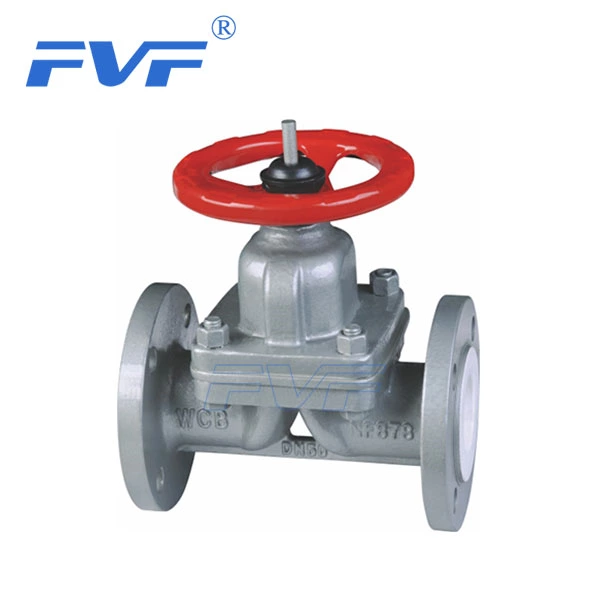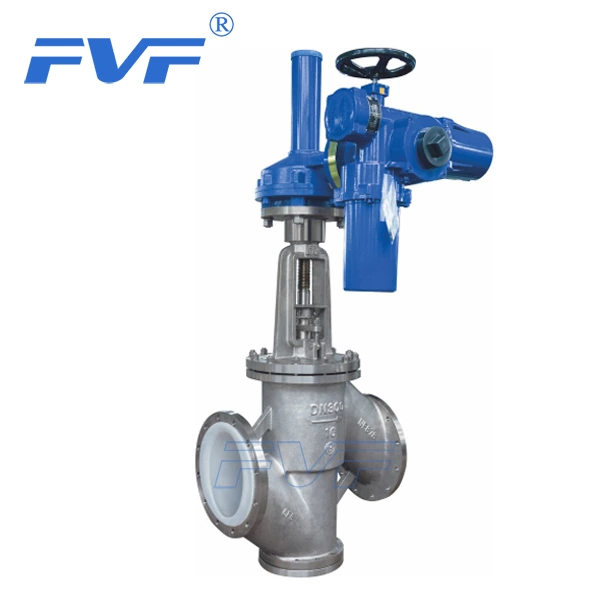Detailed Description Of The Operation And Maintenance Knowledge Of Fluorine-lined Ball Valves
Lined Ball Valve is a valve widely used in anti-corrosion pipelines. Its operation method and maintenance knowledge are crucial to ensure the normal operation of the valve and extend its service life. The following is a detailed explanation of the operation method and maintenance knowledge of the fluorine-lined ball valve:
1. Operation method
Opening and closing direction:
When operating the fluorine-lined ball valve, the opening and closing direction should be clockwise for closing and counterclockwise for opening.
Opening and closing revolutions:
Since the fluorine-lined ball valves in the pipeline network are often opened and closed manually, the opening and closing revolutions should not be too many. Even for large-diameter valves, the opening and closing revolutions should be within 200~600 revolutions.
Opening and closing torque:
Under the pipeline working pressure condition, in order to facilitate the opening and closing operation of one person, the maximum opening and closing torque should be 240N·m.
Operating end setting:
The opening and closing operating end of the fluorine-lined ball valve should be a square tenon, with standardized dimensions and facing the ground so that people can operate directly from the ground. Fluorine-lined ball valves with wheels are not suitable for underground pipelines.
Opening and closing degree display:
The scale lines of the opening and closing degree of the fluorine-lined ball valve should be cast on the gearbox cover or on the outer shell of the display panel after the direction is changed, and face the ground. The scale lines are painted with fluorescent powder to make them eye-catching.
The material of the indicator dial needle can be stainless steel plate under good management, otherwise it is a painted steel plate. Do not use aluminum sheet.
The indicator dial needle should be eye-catching and firmly fixed. Once the opening and closing adjustment is accurate, it should be locked with rivets.
2. Maintenance knowledge
Regularly check the sealing performance:
Regularly check the sealing performance of the ball valve. If there is air leakage or liquid leakage, it is necessary to repair or replace the seal in time.
Lubrication:
Regularly lubricate the ball valve to keep the valve running smoothly. Use suitable lubricants and operate according to the instructions for use of the lubricant.
Check fasteners:
Regularly check the fasteners of the ball valve. If they are found to be loose or damaged, they need to be tightened or replaced in time.
Avoid violent impact:
Pay attention to the operation mode of the valve, avoid using excessive force or violent impact to avoid damaging the internal structure of the ball valve.
Avoid long-term deactivation:
If the ball valve is not used for a long time, it should be operated regularly to maintain the flexibility of the valve.
Clean the inside:
Clean the inside of the ball valve regularly to prevent impurities or solid particles from entering the ball valve and affecting the sealing performance of the valve.
Check the interface part:
Regularly check the interface part of the ball valve, such as the flange sealing surface, to ensure the sealing performance of the connection.
In summary, correct operation methods and maintenance common sense are essential to ensure the normal operation and extend the service life of fluorine-lined ball valves. In actual applications, operations should be strictly followed in accordance with the operating procedures, and regular maintenance and maintenance should be performed.





